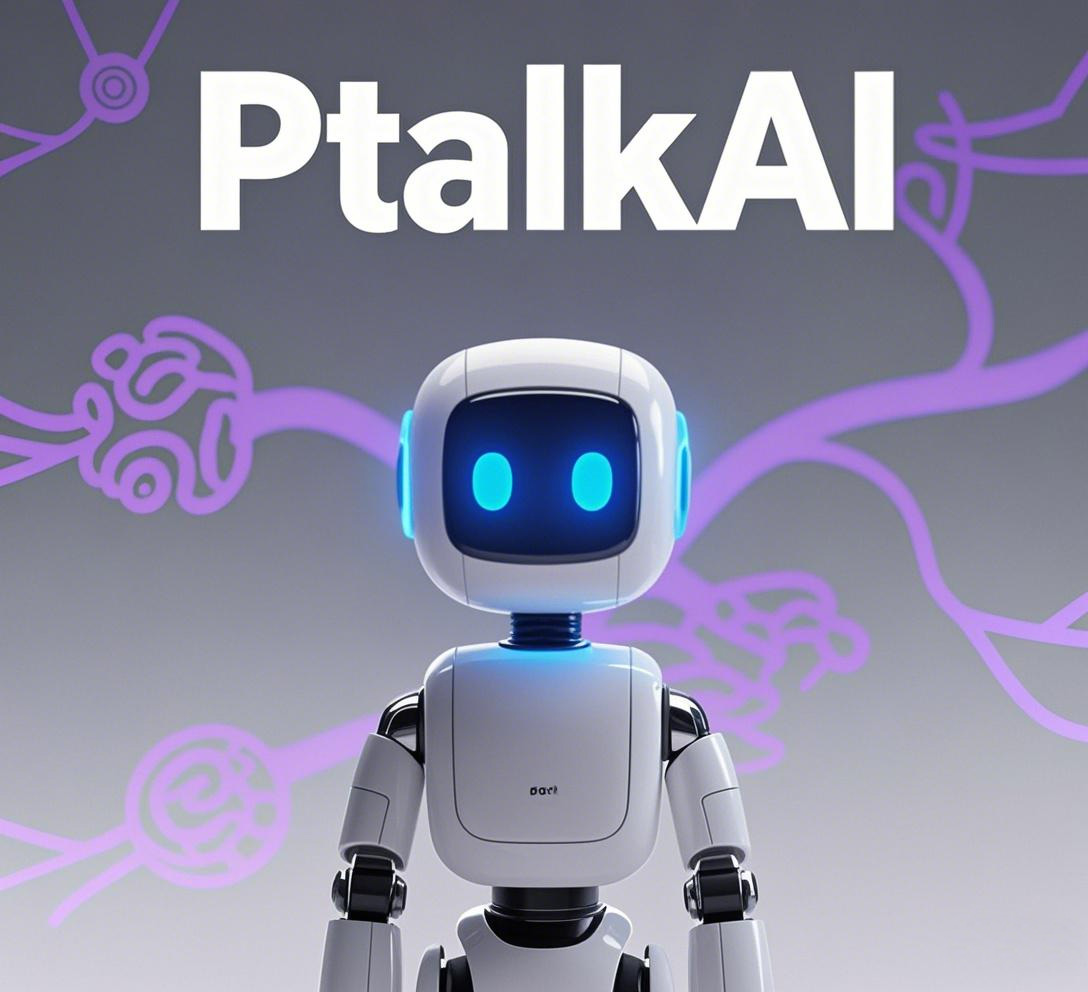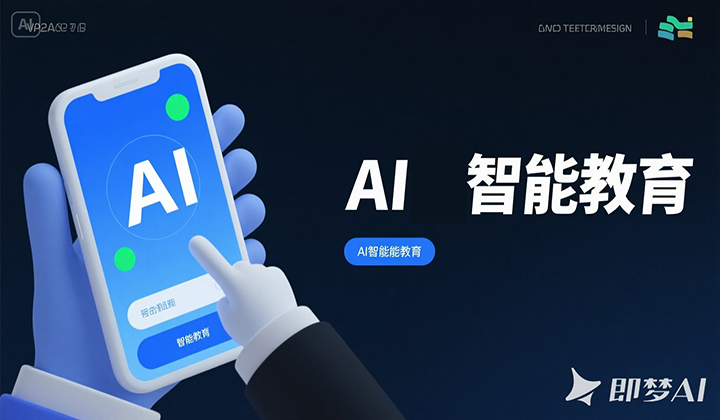Application Exploration of Ptalk AI in Smart Vehicle-Mounted Systems
One of the most prominent applications of Ptalk AI in smart vehicle - mounted systems is intelligent voice interaction. Traditional vehicle - mounted control systems often require drivers to operate buttons, touchscreens, or knobs, which can be distracting and potentially dangerous while driving. Ptalk AI enables natural and intuitive voice - controlled interactions. Drivers can simply issue voice commands like “Play my favorite music playlist,” “Set the navigation to the nearest gas station,” or “Open the sunroof.” Ptalk AI's advanced natural language processing technology allows it to accurately understand these commands, even in noisy in - vehicle environments or when the driver has an accent. By reducing the need for manual operation, it helps drivers keep their hands on the wheel and eyes on the road, significantly improving driving safety.
Ptalk AI also plays a crucial role in optimizing navigation functions. It can analyze real - time traffic data, road conditions, and historical travel patterns to provide more accurate and efficient route planning. For example, if there is a traffic jam on the original route, Ptalk AI can quickly calculate alternative routes and recommend the best option to the driver, taking into account factors such as distance, estimated travel time, and road congestion levels. Moreover, it can offer real - time navigation guidance with detailed voice instructions, not only indicating directions but also providing information about upcoming turns, intersections, and speed limits. Additionally, Ptalk AI can integrate with location - based services to offer points of interest (POIs) relevant to the driver's needs, such as recommending nearby restaurants, hotels, or tourist attractions during a road trip.
In terms of in - vehicle environment control, Ptalk AI makes the driving experience more comfortable and personalized. It can adjust various in - vehicle settings according to the driver's voice commands. For instance, saying “I'm feeling cold” can prompt Ptalk AI to increase the temperature of the air - conditioning system, adjust the seat heating, and even close the windows. It can also control the lighting inside the vehicle, dimming the lights for a more relaxing atmosphere during a night drive or brightening them when needed. By understanding the driver's preferences and real - time needs, Ptalk AI creates a customized in - vehicle environment that caters to individual comfort.
Another significant application area is in driver assistance and safety enhancement. Ptalk AI can monitor the driver's state through various sensors in the vehicle, such as detecting signs of fatigue, distraction, or drowsiness. If it senses that the driver is showing signs of fatigue, for example, through analyzing driving patterns, eye movements (if integrated with relevant sensors), or yawning frequency, it can issue timely warnings and suggestions, like recommending the driver to take a break at the next rest area. In addition, Ptalk AI can work in conjunction with other vehicle safety systems, such as automatic emergency braking and lane - keeping assist. It can provide voice alerts and instructions in case of potential safety hazards, helping the driver respond quickly and avoid accidents.
Furthermore, Ptalk AI can facilitate vehicle - to - everything (V2X) communication. It can receive and process information from other vehicles, infrastructure, and the cloud, and then communicate relevant information to the driver. For example, it can notify the driver of nearby vehicles' movements, road construction ahead, or traffic light status changes. This real - time information exchange enables more coordinated and efficient traffic flow, reducing the risk of collisions and improving overall traffic safety.
However, the application of Ptalk AI in smart vehicle - mounted systems also faces some challenges. Ensuring the security and reliability of the AI system in the vehicle environment is of utmost importance. As vehicles are increasingly connected, there is a risk of cyberattacks, and protecting the in - vehicle system from unauthorized access and data breaches is crucial. Additionally, improving the accuracy of Ptalk AI's recognition in complex driving scenarios, such as during heavy rain, snow, or in extremely noisy environments, remains a technical challenge that needs to be addressed.
In conclusion, the application of Ptalk AI in smart vehicle - mounted systems shows great potential. From intelligent voice interaction and navigation optimization to in - vehicle environment control, safety enhancement, and V2X communication, Ptalk AI is set to transform the driving experience. Although there are challenges ahead, with continuous technological innovation and the establishment of appropriate security and quality standards, Ptalk AI will likely play an increasingly important role in the future of smart vehicles, making driving safer, more comfortable, and more intelligent.














